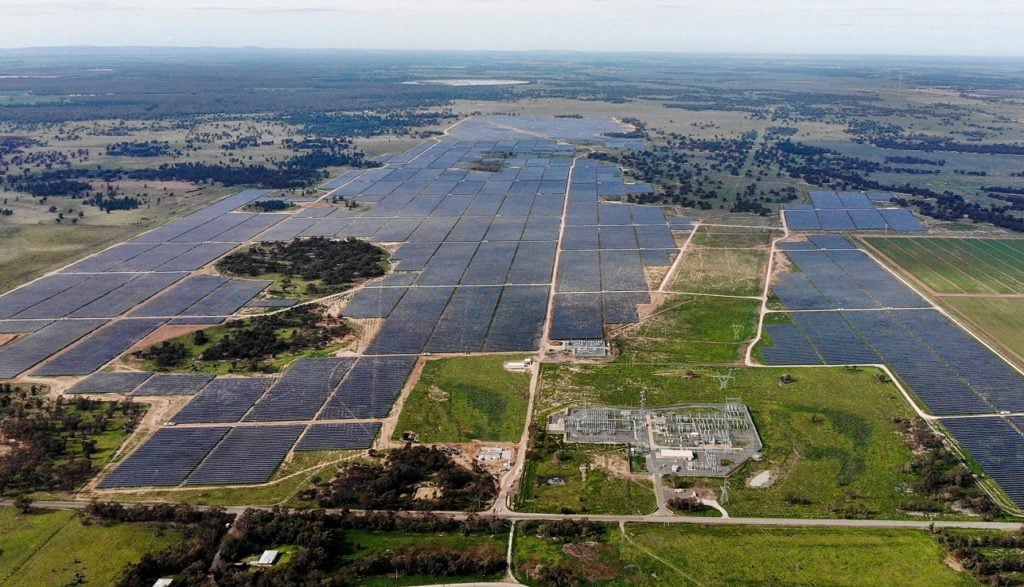
The government of New South Wales has announced a call for expressions of interest (EOI) as the initial part of an unprecedented renewable energy tender targeting development on state-owned “crown land”.
Conducted by the Office of Energy and Climate Change through its Renewable Energy Infrastructure Investment programme, the government has already struck a deal with a landholder to potentially pair existing grazing land with solar and wind projects. This concept – often known as “agrivoltaics” – is explored in depth in the most recent issue of our journal PV Tech Power.
The land is located within the South-West Renewable Energy Zone (REZ), one of five designated areas for renewable energy development and connection within New South Wales. In its most recent tender, the South-West REZ received over 34GW of proposals for solar, storage and wind projects, a figure ten times that of the area’s capacity.
“Crown Land” designates land that is managed by local or state governments across Australia on behalf of public interest, including national parks, cemeteries, reserves and “commons”, which are used for agricultural or business purposes by local residents. The normal process for renewable energy projects on crown land sees developers identifying areas with development potential and then appealing to the government for approval. This EOI reverses that system.
The designated area is located along the route of the Project EnergyConnect interconnection system, which is currently under construction to connect the power systems of New South Wales and South Australia. Further north, the state government of Queensland recently approved a US$3.3 billion interconnection project set to unlock 6GW of new renewables capacity.
If this EOI is met with sufficient interest and response, the government said it will issue a request for proposals (RFP).
Greg Sullivan, head of land and asset management at Crown Lands said: “Renewable energy investment on Crown land can support increased power supplies and security, less emissions to help protect the environment, and also more jobs and economic growth in regional areas.”





